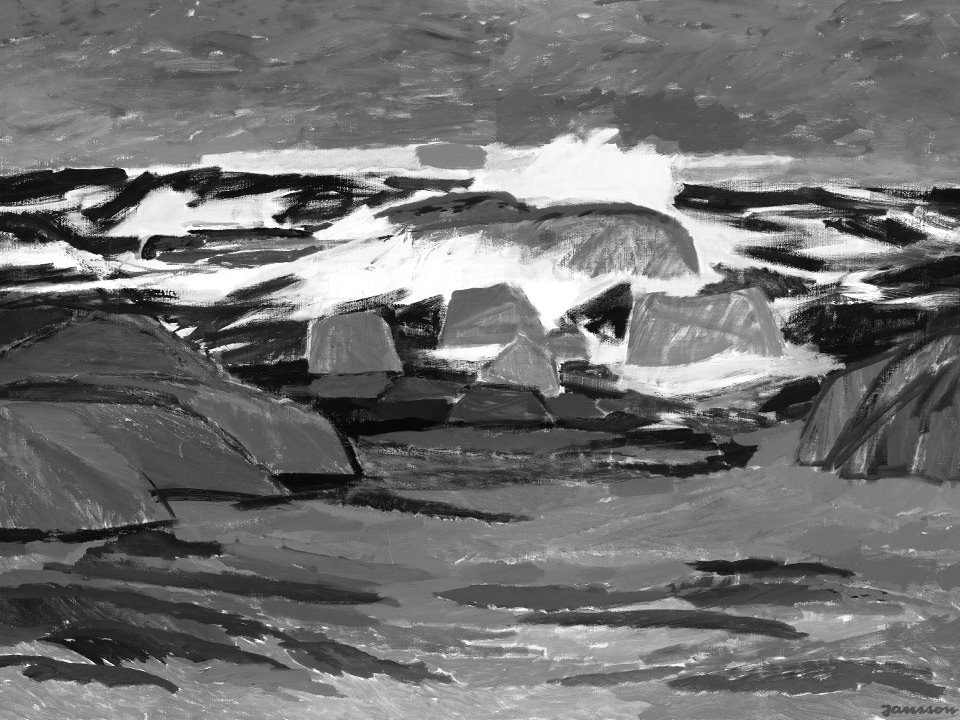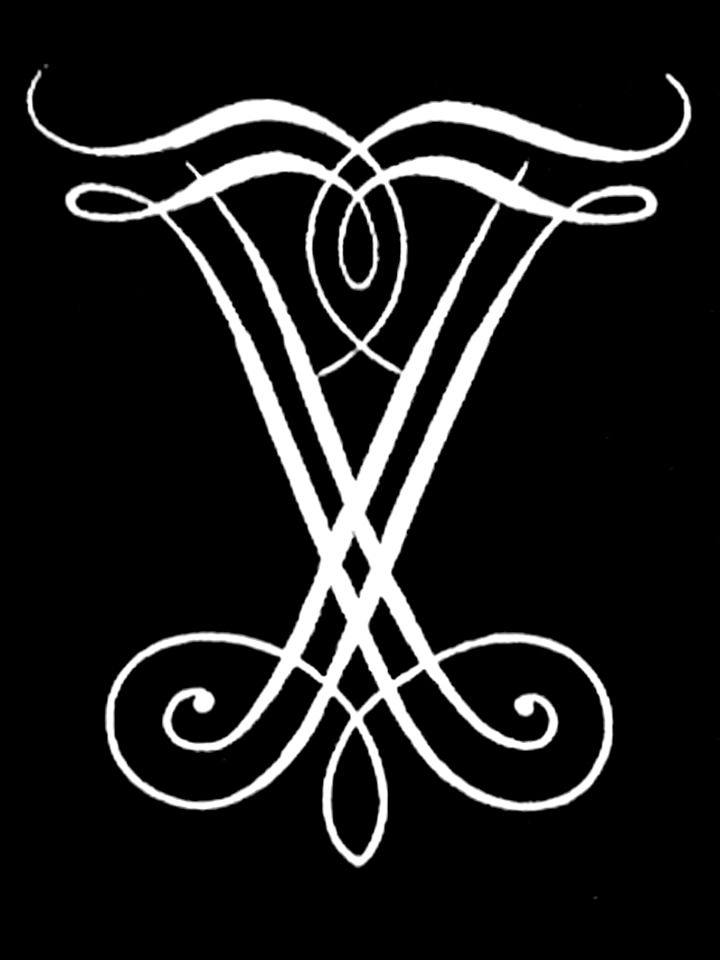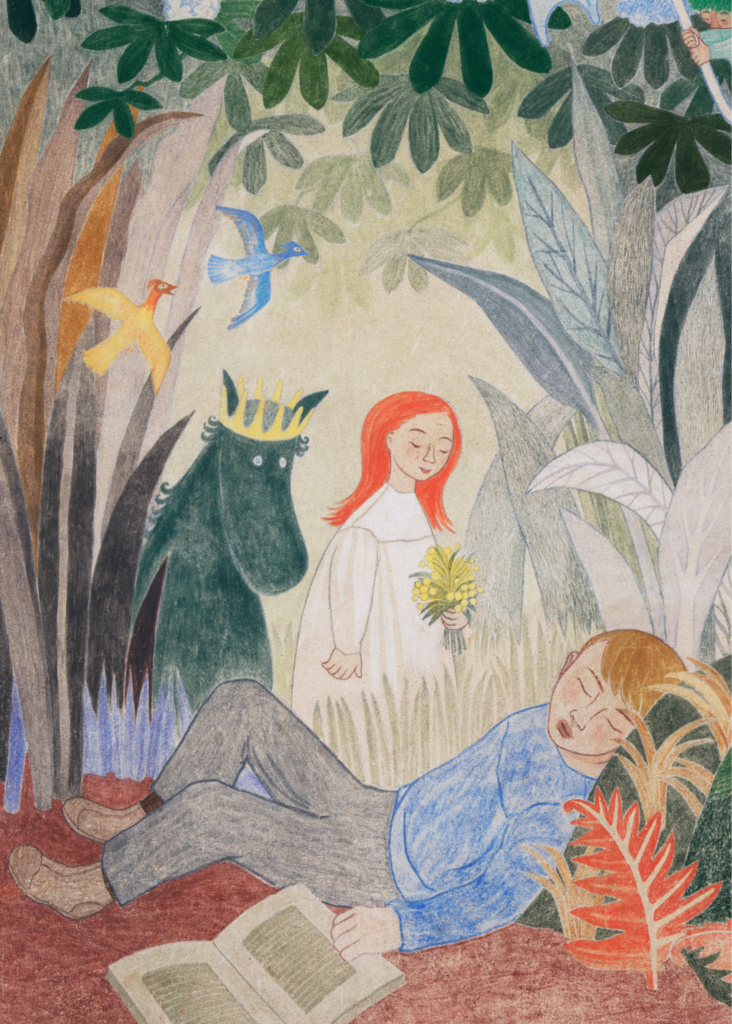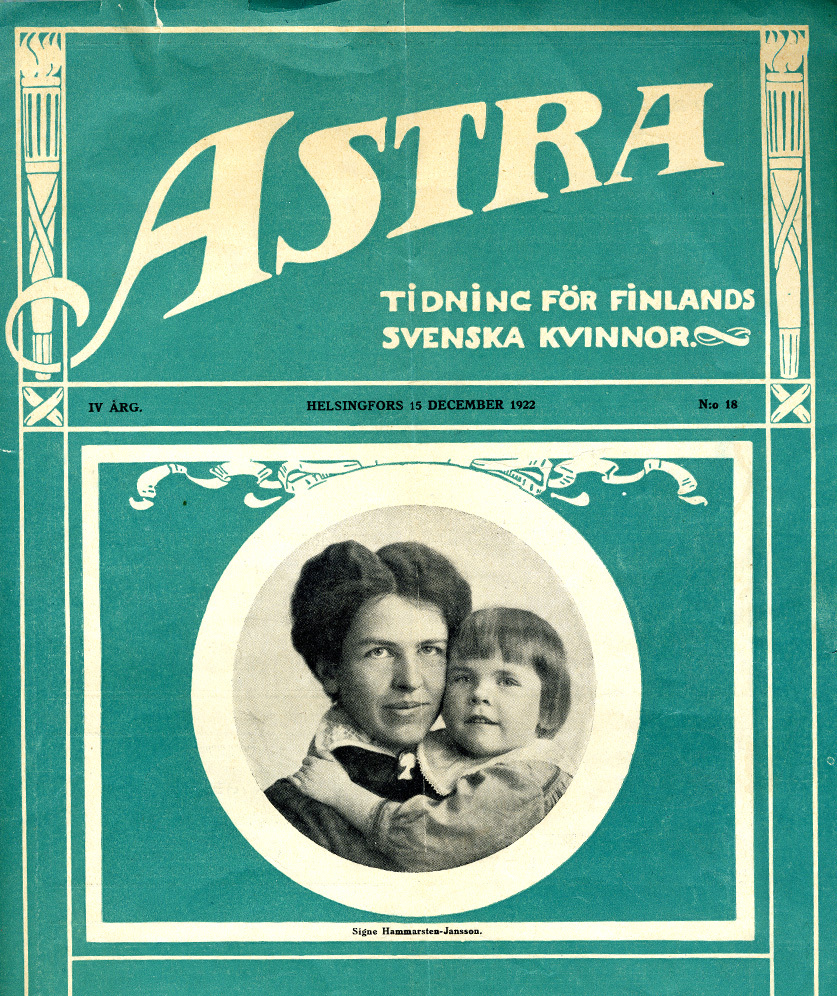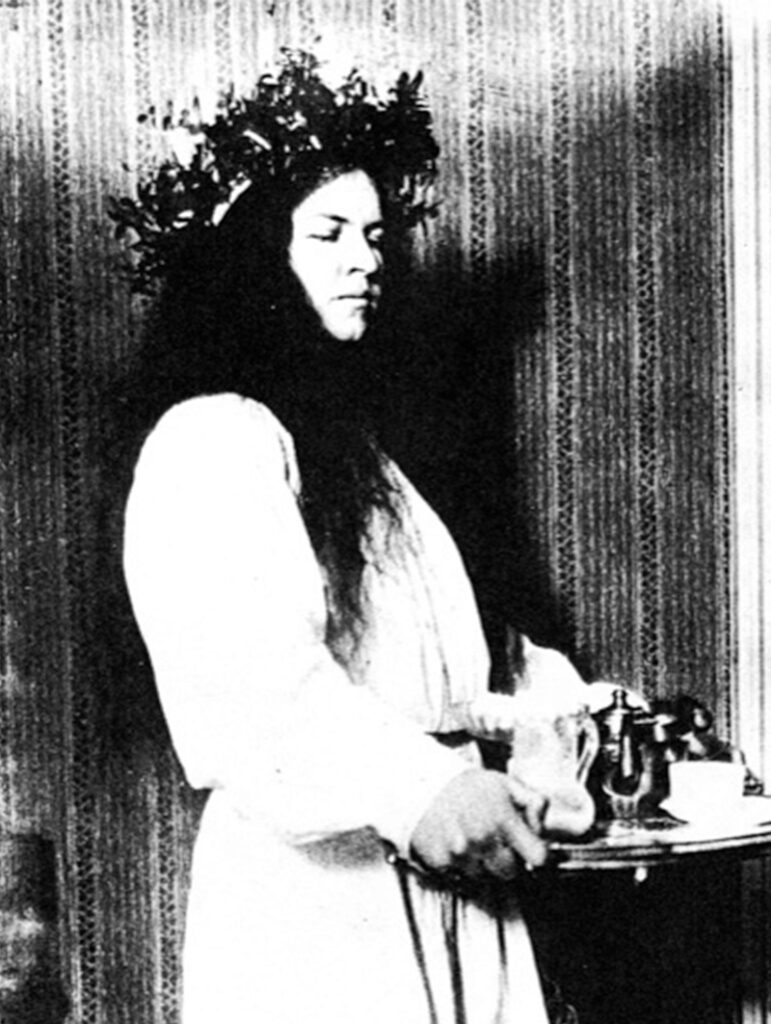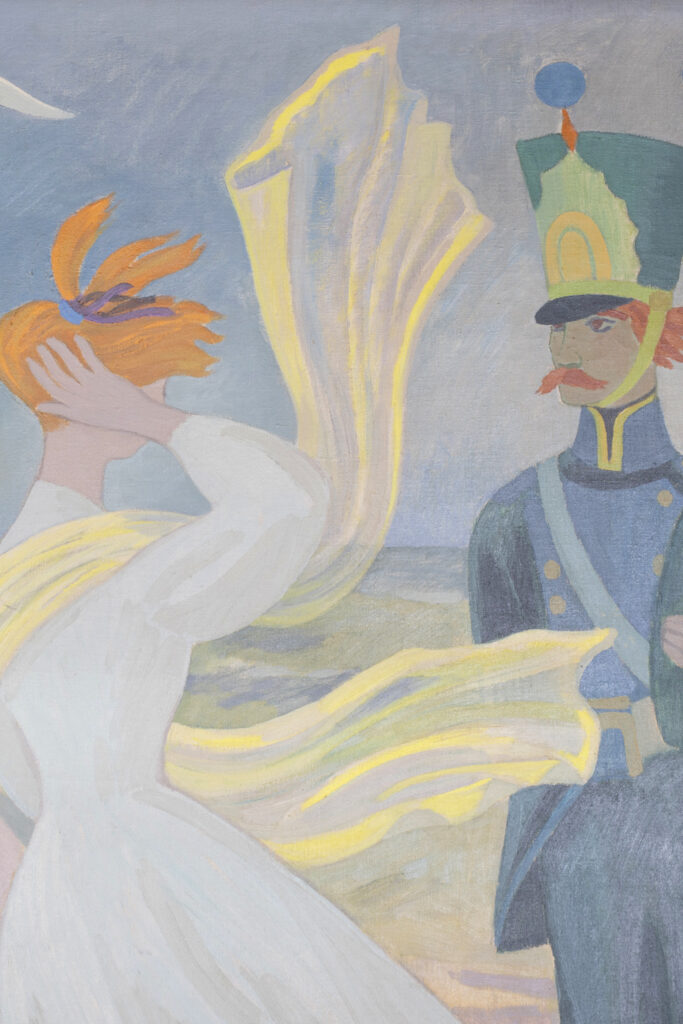
Tove Jansson transported her 5,5 meter long maritime murals on a bus to Hamina

In 1952, Tove Jansson was commissioned to paint two giant murals for the city of Hamina in Southeastern Finland. Contrary to many of her other murals, she did not paint them on-site, but in her studio in Helsinki. But how did she manage to transport them on a bus the 150 km long distance to Hamina?

The two maritime murals which Jansson painted in 1952 depict the history of the fortress city of Hamina. They were commissioned for the 300th anniversary of the city and were mounted at Hotel Seurahuone in Hamina.
The public doesn’t normally have access to the space, so the murals have not been exhibited to the general public. This changed in the summer of 2022, when they were displayed for a wider audience for the first time as part of the exhibition Tove and the Sea at the Town Hall in Hamina.

Taking the murals on a bus
In the summer of 2022, the 5,5 meter wide murals were transported some 150 meters through Hamina with great caution to the exhibition location. Six men carried the monumental works by foot, followed by a television crew and reporters.
When Tove Jansson transported the murals from Helsinki to the city of Hamina in 1952, she used public transportation, taking the bus for the 150 km long trip. The feat was possible because she had the canvases rolled up to make the transport easier.
The murals featured themes dear to Jansson
The city of Hamina wanted Tove Jansson to show the history of the maritime fortress city. She was specifically asked to feature cadets, since many soldiers had studied at the Finnish Cadet School in Hamina from 1821-1903.
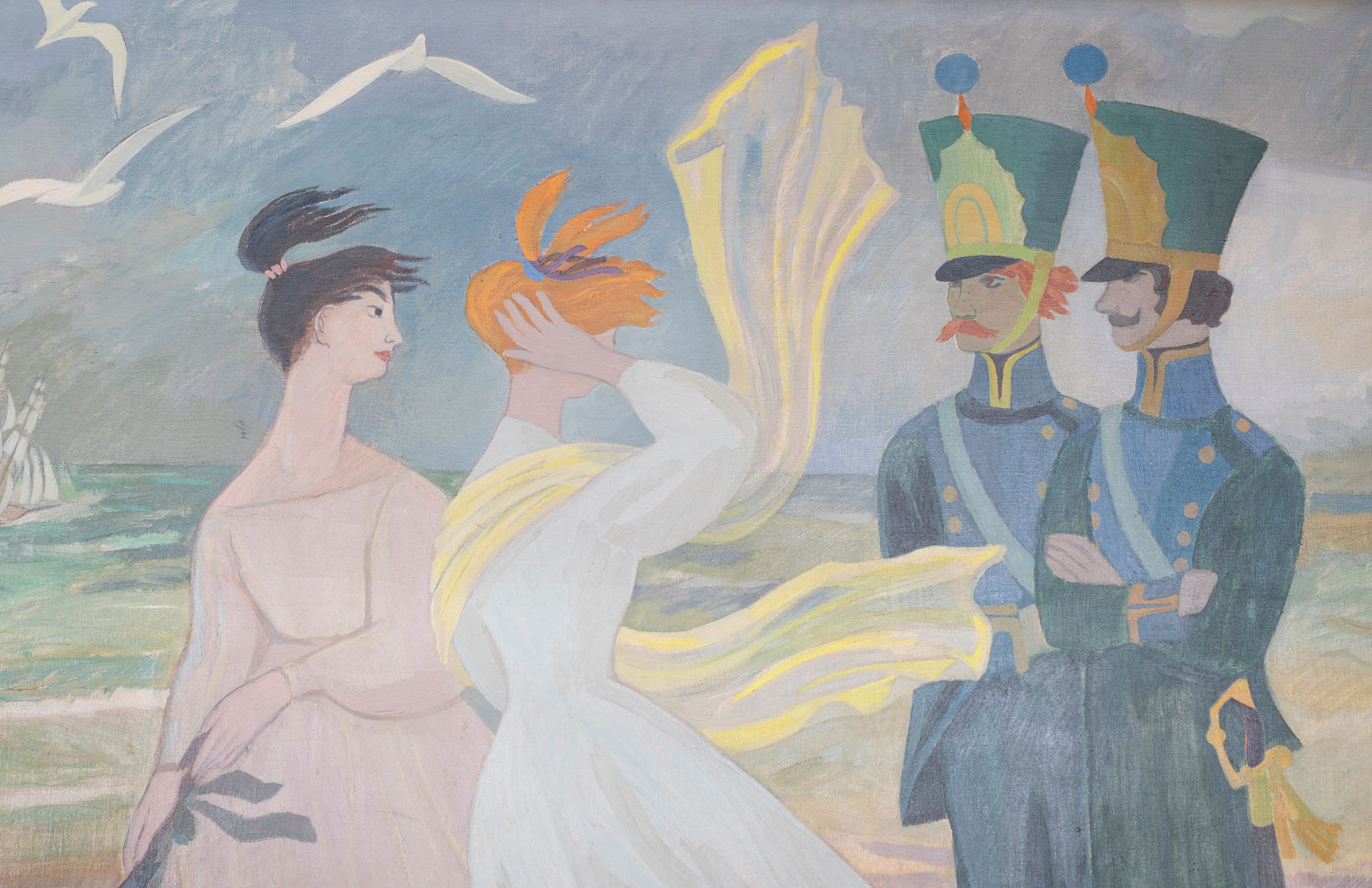
One of the murals, which doesn’t have a title, depicts Hamina in the first half of the 19th century. It features cadets and female figures in Biedermeier costumes, as well as maritime items like anchors, ropes, an hourglass and a ship’s figurehead.
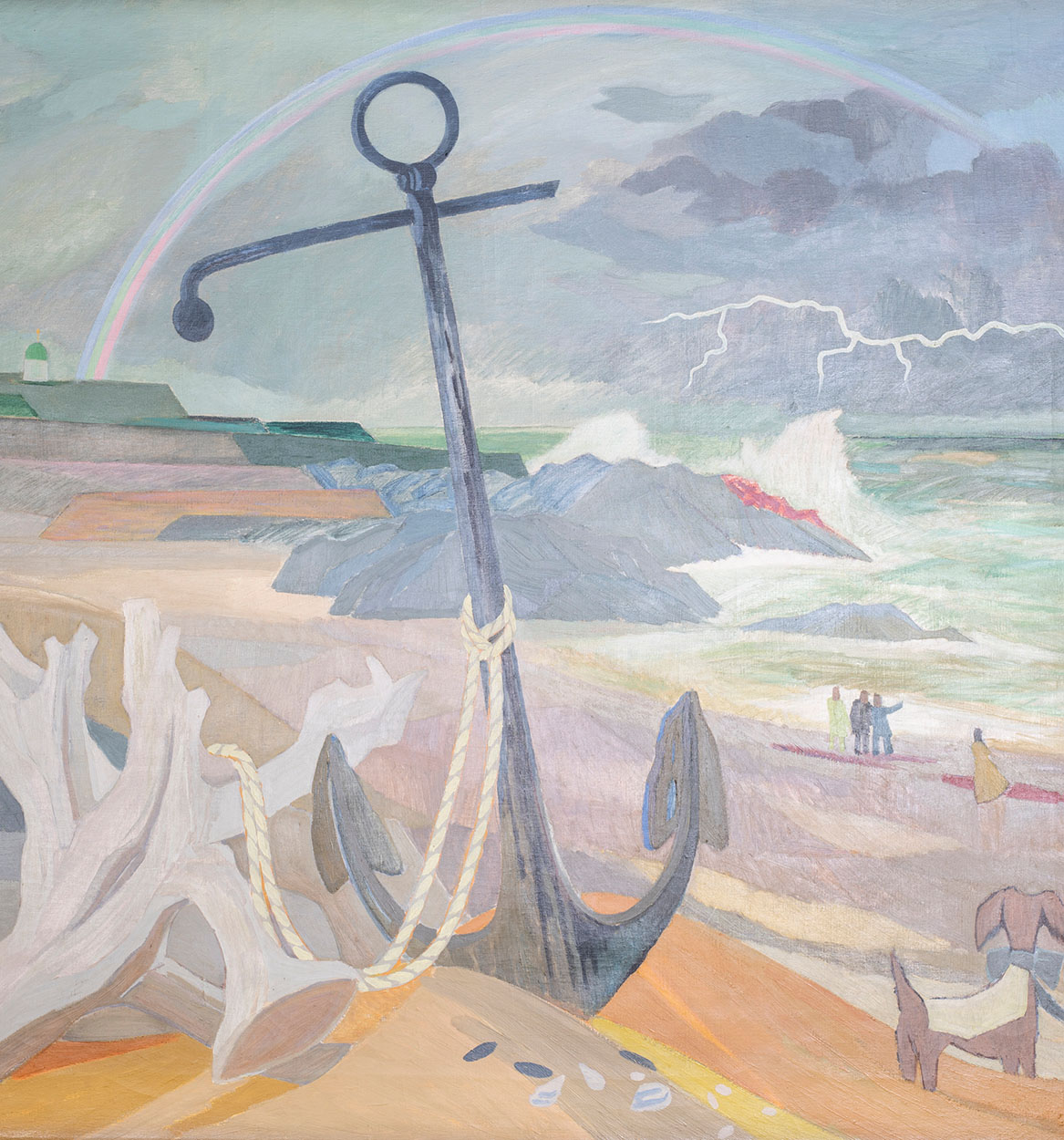
The globe standing on a pedestal resembles the crystal ball in Moominvalley, and there’s a lighthouse shining its light on the stormy sea. The Town of Hamina itself with its towers can be seen further afield.
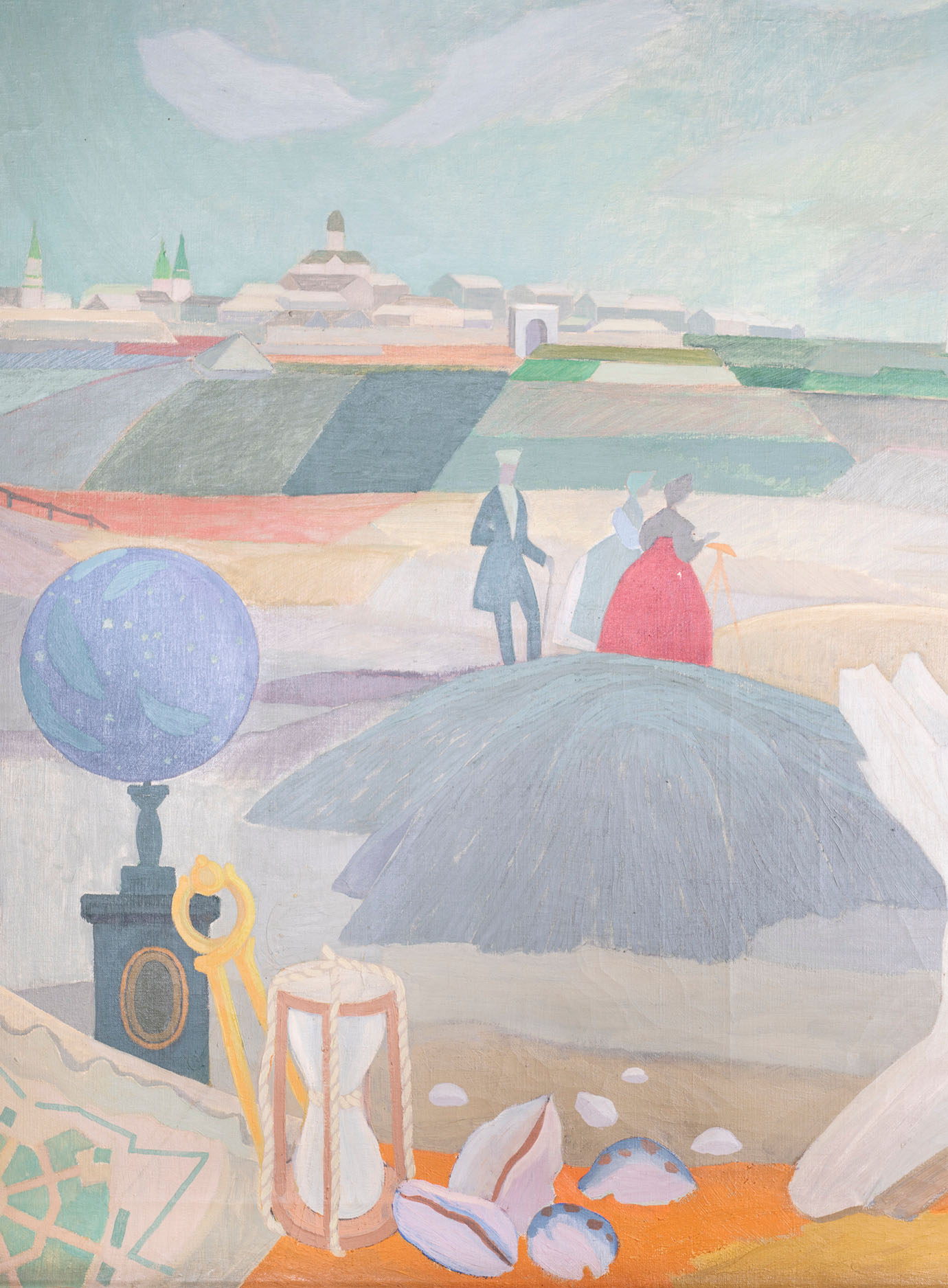
A story from the bottom of the sea
The other mural is entitled A story from the bottom of the sea. Tove Jansson didn’t offer any explanation as to why there are three cadets in full uniforms standing at the bottom of the sea observing a mermaid – those who believe in mermaids also believe in cadets at the bottom of the sea, she is reported to have said.

Some of the underwater imagery is more naturalistic, for example, a pike, which could well be spotted in the waters outside of Hamina. But Jansson also included many fairytale-inspired animals reflecting her work as a creator of children’s books.
The mural also features an interesting creature next to Jansson’s signature: a green aquatic creature with a sharp gaze reminiscent of Little My.
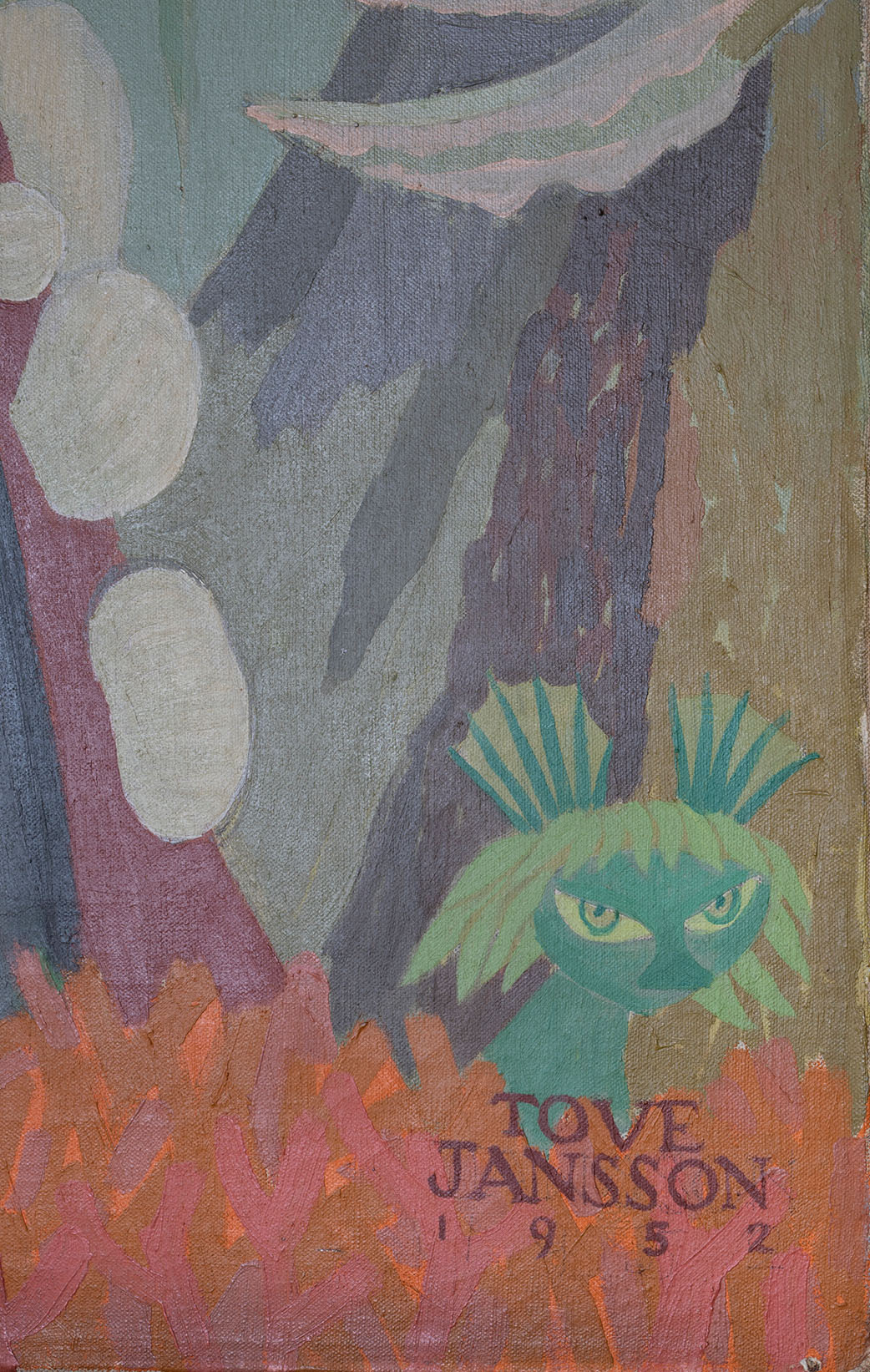
Two hidden Moomintrolls
Tove Jansson also included a Moomintroll in each of the murals. Both Moomintrolls are rather small compared to the other characters in the paintings, almost as if the painter had hidden them away as secret clues.
As the fame of the Moomins grew, some inhabitants of Hamina believed that the moomintrolls in the Hamina murals were the first ones. This is not the case – the Moomins had been featured in Tove Jansson’s paintings and illustrations much earlier, and several Moomin stories had already been published by 1952.
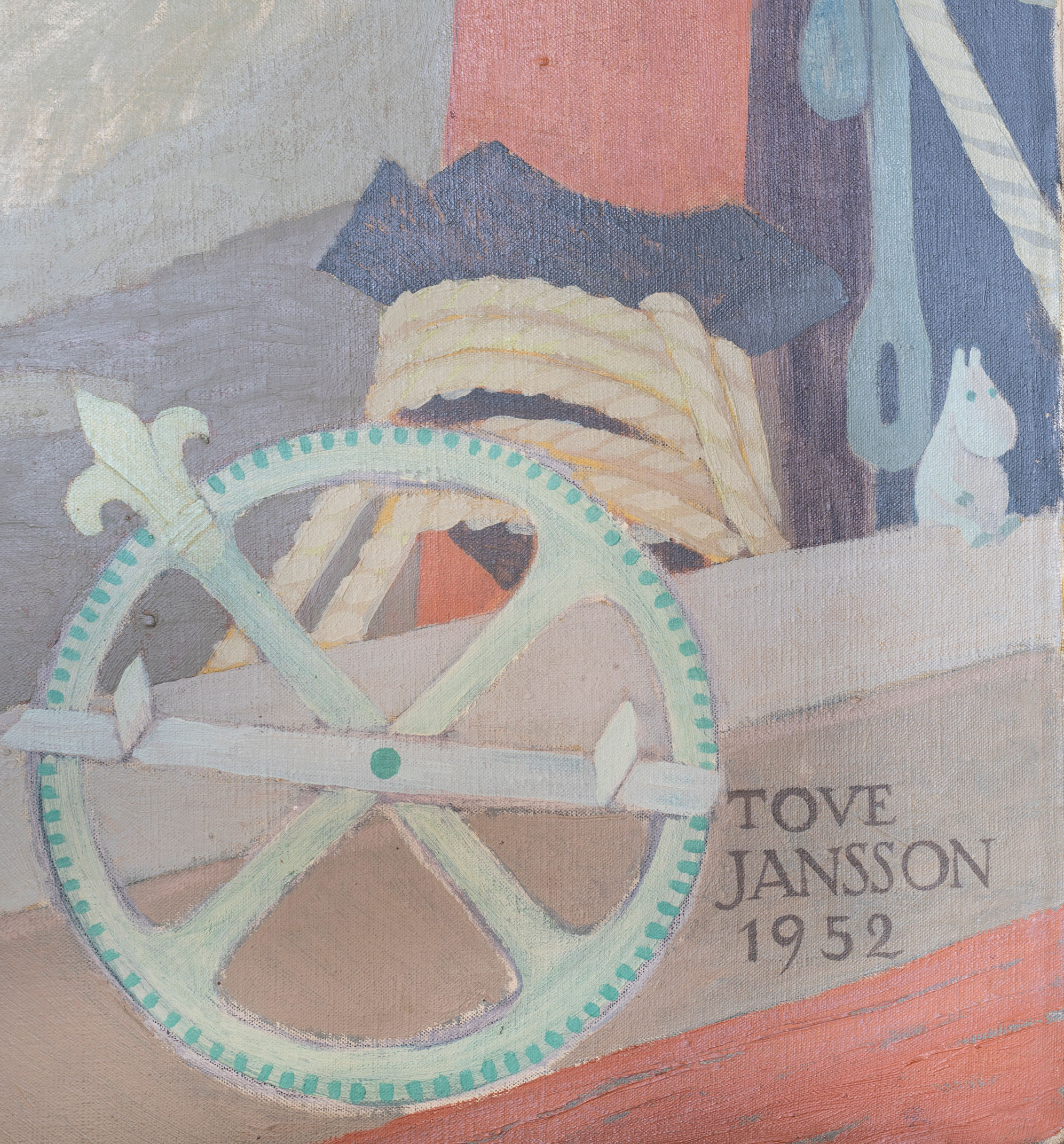
The advance financed more paintings
The advance received for the murals was a welcomed relief for Tove Jansson, who often struggled economically. She used part of the advance for the murals to cover debts and unpaid taxes. She also spent some of the payment on canvases for smaller paintings done in the studio.
Furthermore, the money allowed her to indulge in a nice bag and a new dress. ‘Now, for the foreseeable future, I’m poor again!’ she wrote after those purchases.


